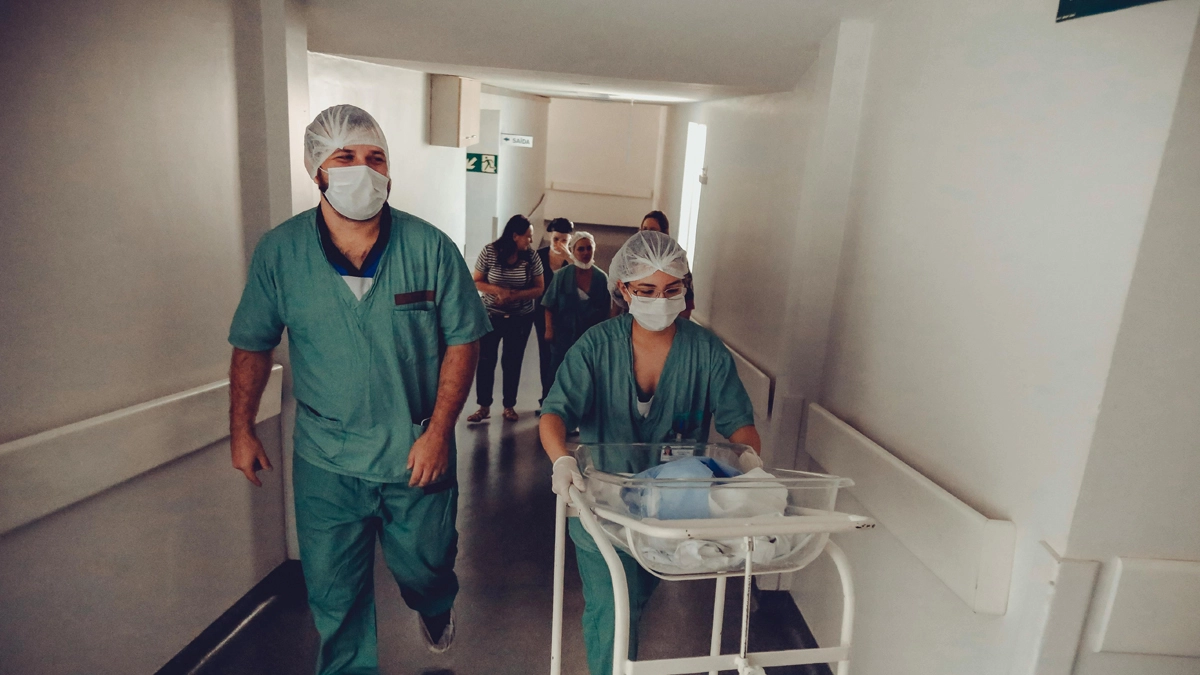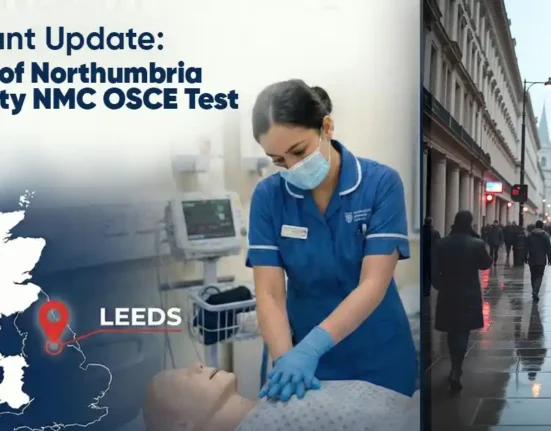During the NMC OSCE Blood glucose monitoring station, it’s crucial to avoid common mistakes when performing the station. Here are some typical errors and how to prevent them:
- Poor Hand Hygiene:
- Pre-Checks:
- Lack of Patient Consent:
- Prevention: Clearly explain the steps and purpose of the procedure to the patient and obtain their consent. Ask when the patient had their last food.
- Improper Equipment Preparation:
- Prevention: Ensure the glucose meter is calibrated and test strips are not expired before beginning (check and verbalize expiry date of test strip and mention it is not exposed to air). Ensure and validate integrity of all articles before proceeding. Ensure to collect clean and dry tray as well
- Inadequate Site Preparation:
- Incorrect Use of Lancet:
- Prevention: Use the side of the fingertip for the prick and ensure the lancet is used correctly to minimize discomfort.
- Insufficient Blood Sample:
- Prevention: Ensure that the window on the strip is entirely covered with blood. (If window is not fully covered you will not obtain correct reading)
- Contaminating the Blood Sample:
- Prevention: Handle the test strip carefully and ensure the blood drop directly contacts the strip without contamination.
- Improper Disposal of Sharps:
- Failure to Record and Report Results:
- Prevention: Record the result promptly in the patient’s record and communicate the findings to the patient clearly. Familiarize yourself that the normal blood glucose level is 4 mmol/L – mmol/L. Recognize and respond to abnormal blood glucose levels appropriately. Give health education according to the obtained result
- Prevention: Record the result promptly in the patient’s record and communicate the findings to the patient clearly. Familiarize yourself that the normal blood glucose level is 4 mmol/L – mmol/L. Recognize and respond to abnormal blood glucose levels appropriately. Give health education according to the obtained result
- Neglecting Post-Procedure Care:
- Prevention: Offer gauze to the patient to press on the puncture site and ensure they are comfortable before concluding the procedure.
12. Documentation:
- Prevention: Record the blood glucose reading accurately. Ensure to document in the correct column Pre-meal or post-meal. (According to the last food intake timings)
- post-meal- within 2 hours of food intake
- Pre-meal- More than 2 hours. Identify correctly scenario is pre-meal or post meal
o Document obtained value Date/Time/Sign accurately on chart
By avoiding these errors, you can ensure accurate blood glucose monitoring and maintain patient safety in the NMC OSCE blood glucose monitoring station.
NMC OSCE For nurses Everything You Need to Know in 2024 👉 Click Here
For Any NMC OSCE Related Queries and Training Chat with Us!











